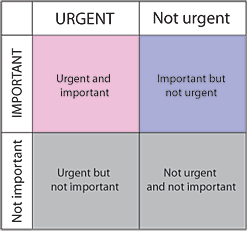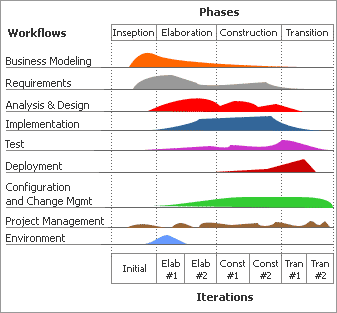| |
Software projects
various aspects from planning to delivery

Software projects
Software release life cycle
Roadmap, Milestones and Incremental Development
.
The Milestones and Incremental Development process is not only a great way to map out complex functionality, it's also IMPORTANT to test out critical features before they're launched. As part of the our INCREMENTAL DEVELOPMENT process we have made some changes in the application structure in an effort to better organize bug-tracking, development and feature release
SW Projects - REQUIREMENTS
REQUIREMENTS: Understanding the needs of the customer and make it clear specifications and system requirements, is the crucial first step.
Requirements or Specifications describe in detail what a software system is supposed to do, and they are the first step toward a solution. You decide on the scope of the system before you begin programming or web development.
Even before a single line of code is written, there is a logical flow within requirements management, from high-level objectives to business requirements, before they are broken out into the functional and non-functional and passed on to design.
Requirements management is the process of documenting, analyzing, tracing, prioritizing and agreeing on requirements and then controlling change and communicating to relevant stakeholders. It is a continuous process throughout a project. A requirement is a capability to which a project outcome (product or service) should conform.
Conceptually, requirements analysis includes three types of activities:
- Eliciting requirements: the task of identifying the various types of requirements from various sources including project documentation, (e.g. the project charter or definition), business process documentation, and stakeholder interviews. This is sometimes also called requirements gathering.
- Analyzing requirements: determining whether the stated requirements are clear, complete, consistent and unambiguous, and resolving any apparent conflicts.
- Recording requirements: Requirements may be documented in various forms, usually including a summary list and may include natural-language documents, use cases, user stories, or process specifications.
Requirements analysis can be a long and tiring process during which many delicate psychological skills are involved. These may include the development of scenarios (represented as user stories in agile methods), the identification of use cases.
............................
DESIGN / SPECIFICATION: Definition of necessary (time, cost and working methods), human and technological resources for the realization of future system is next step.
FEATURES: Customers sometimes have only a vague idea of what may be required for certain features to cost. For this once communicated clearly the costs, you can readjust the features specification, and get a second, more contained, project definition with the budget acceptable to the customer.
Managing Project Creep
What is project creep? It's the addition of features/tasks to a web site production cycle, after the budget and specifications have been set
Lateral thinking and problem solving
Problem Solving: When something creates a problem, the performance or the status quo of the situation drops. Problem solving deals with finding out what caused the problem and then figuring out ways to fix the problem. The objective is to get the situation to where it should be.
For example, a production line has an established run rate of 1000 items per hour. Suddenly, the run rate drops to 800 items per hour. Ideas as to why this happened and solutions to repair the production line must be thought of.
Creative Problem Solving: Using creativity, one must solve a problem in an indirect and unconventional manner.
For example, if a production line produced 1000 books per hour, creative problem solving could find ways to produce more books per hour, use the production line, or reduce the cost to run the production line.
PLEASE NOTE: The planning process can be viewed as a somewhat spiral flow of topics and action steps, where the results from one step initiate study and action in the next step.
.
However, the development process does not necessarily always flow in one direction. Issues that arise in a particular solution may cause the planning team to go back to an earlier step to do additional work, implement new features and insert new milestones in the roadmap or refine the application functionality.
.
If desired, the order of the MILESTONES can even be altered to suit the particular needs of the planning team. The implementation step also does not end the planning process. Analysis of results could easily result in additional analysis or a change in strategic direction. Also, it is recommended that the plan be reviewed periodically, sometimes even on a daily basis in order to verify that all the base assumptions are still valid and that the implementation plan is progressing according to expectations.
.
.
The rules of battle for tracking down and eliminating hardware and software bugs. When the pressure is on to root out an elusive software or hardware glitch, what's needed is a cool head courtesy of a set of rules guaranteed to work on any system, in any circumstance. Written in a frank but engaging style, Debugging provides simple, foolproof principles guaranteed to help find any bug quickly. It changes the way readers think about debugging, making those pesky problems suddenly much easier to find and fix.Illustrating the rules with real-life bug-detection war stories, the book shows readers how to:* Understand the system: how perceiving the "roadmap" can hasten your journey* Quit thinking and look: when hands-on investigation can't be avoided*
Isolate critical factors: why changing one element at a time can be an essential tool* Keep an audit trail: how keeping a record of the debugging process can win the day"
|
|












